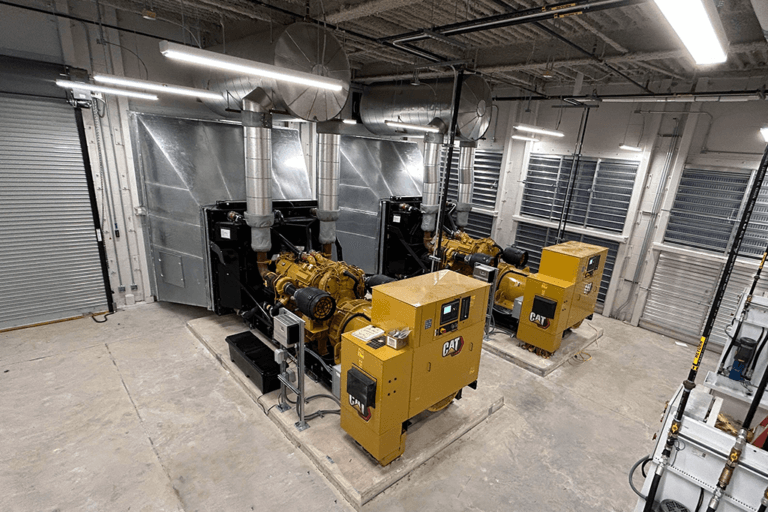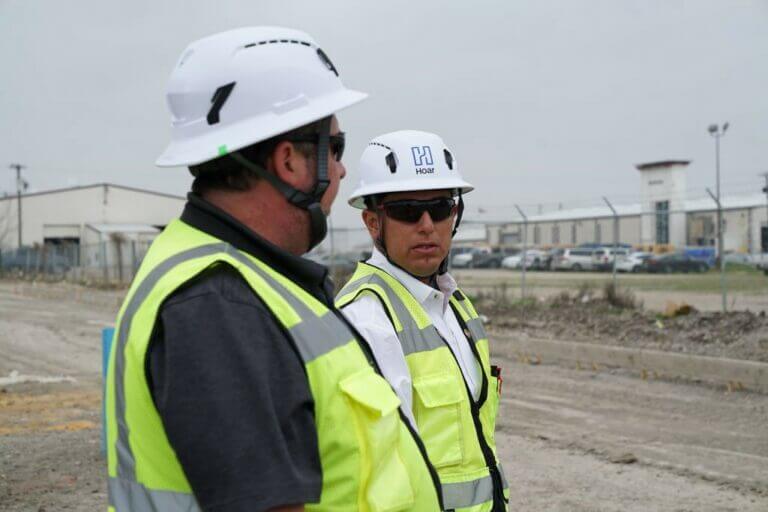
May is Safety Month, and as a follow-up to Safety Week and our last blog post, we wanted to share some information about respirable hazards. Construction workers may potentially be exposed to respirable hazards on the job site – silica, asbestos, or others like isocyanates. Respirable hazards can pose a multitude of health issues when inhaled, varying from airway irritation to severe cancers.
OSHA began regulating asbestos exposure in 1972, while isocyanates and silica dust have been the focus of more recent guidelines. Enforcement of the crystalline silica standard in the construction industry began in September 2017.
Silica on the Job
Respirable crystalline silica is a concern for workers who perform jobs like chipping and cutting concrete or masonry. During these tasks, respirable silica dust can be released into the air where it can be inhaled by workers. Long term exposure can result in a variety of illnesses, the most severe being chronic pulmonary obstructive disease (COPD) and silicosis. Using proper engineering controls, including local exhaust ventilation and wet methods, can greatly eliminate a worker’s exposure to the harmful dust. At Hoar, we always want to focus on eliminating the hazard. This starts with proper training and planning, so we can provide the proper equipment that can engineer out the hazard.
Asbestos and Its Risks
Asbestos regulations have increased dramatically since the 1980s, but its lingering presence can still greatly complicate projects and pose a risk to workers on the job site. Asbestos was used because for its strength, durability, and fire-resistance, as well as its affordability. But workers who regularly handled the material began exhibiting signs of illness which later became known as mesothelioma, a rare cancer affecting the lining of the lungs, heart, or abdomen. Adherence to regulations and the use of proper respirators and safety equipment can greatly reduce chances of exposure. We eliminate the hazard by making sure that we have the proper environmental surveys prior to work. After that, we hire asbestos-trained experts to eliminate the hazard. While Hoar employees and most trade partners are not trained to remediate asbestos, we do provide job sites with awareness training, so we always know when to call a time out.
Other Respirable Hazards
OSHA’s Hazard Communication standard requires that workers have a right to understand chemical hazards to which they might be exposed. Safety Data Sheets provide important information that include information on potential respirable hazards from chemicals and materials we may use. Isocyanates are one example. They are highly reactive and low-weight chemicals often found in foam and spray-foam insulation, as well as paints and varnishes used in many building products. Exposure may result in substantial irritation to the eyes and gastrointestinal tracts, and contact with the skin can cause significant inflammation. Similar to silica dust, the best way to prevent illnesses is through proper training, implementing necessary engineering controls, and using personal protective equipment (PPE) to help eliminate risks.
While May is Safety Month, we focus on these potential respirable hazards year-round to eliminate illness on job sites. We focus on following proper safety requirements and finding ways to eliminate hazards, rather than just working safely around hazards. Doing this makes sure everyone goes home every day to their families.

